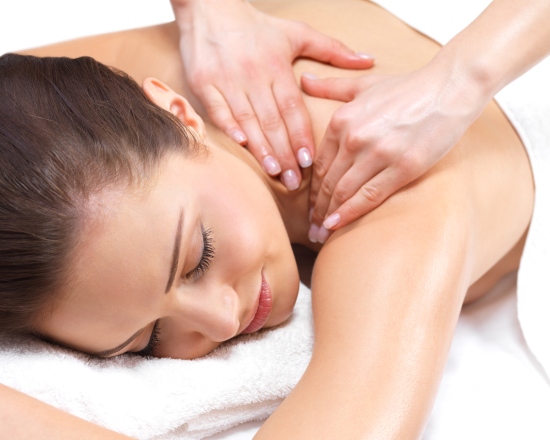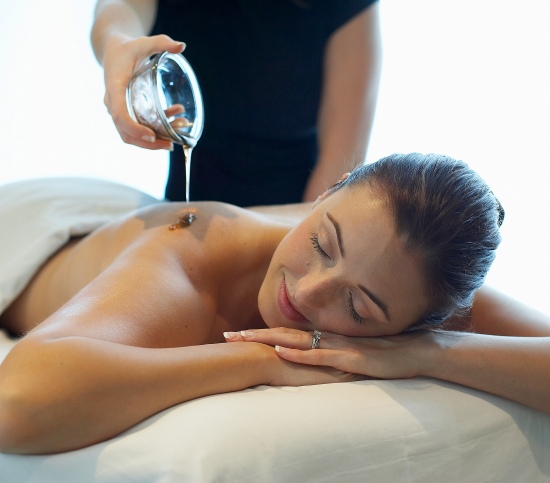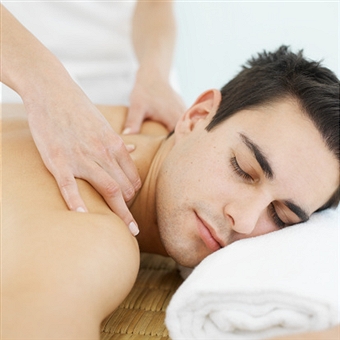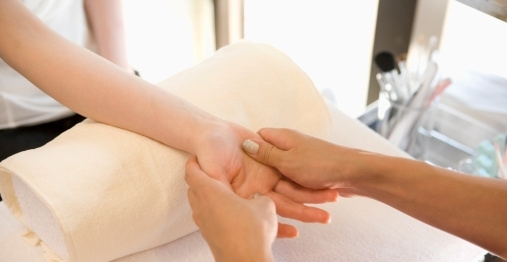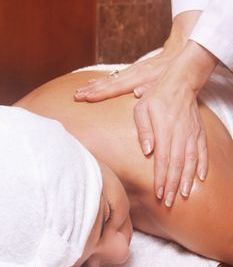 Massage, and particularly Swedish Massage is said to have a number of highly beneficial effects on the human body, such as the obvious feelings of relaxation and relieving of tension and improvement in blood circulation.
Massage, and particularly Swedish Massage is said to have a number of highly beneficial effects on the human body, such as the obvious feelings of relaxation and relieving of tension and improvement in blood circulation.
In addition, massage is known to help delay and even prevent muscle atrophy among aged or invalid individuals. In addition, Swedish massage is known to:
- Be able to help in lymphatic circulation
- Improve regularity by increasing waste removal efficiency of intestines
- Stretch muscles as well as connective tissues
- Also improve the range of motion of the body’s various joints and prevent formation of adhesions
- Reduce pain and inflammation
- Offer emotional benefit from massage and from the physical touch that it involves.
Per Henrik Ling is considered to be the father of Swedish massage and Johann Mezger is credited with having formalized methods of Swedish massage such as effleurage, petrissage, and tapotement and bringing them within the purview of medical science with definite benefits for the health and wellness. There are several components of Swedish massage, chief among them being:
Effleurage, is actually a French word that means to skim or to touch lightly on. These are a series of massage strokes which are meant to be soothing.
They are stroking movements used in Swedish massage which warm up the individual’s muscles for other Swedish massage techniques that would typically follow.
The strokes are light, do not drag the skin and are performed using the finger tips and palms. There are four kinds of effleurage: Ethereal or aura strokes, Feathering, or nerve-stroking, Superficial effleurage and Deeper effleurage.
Petrissage is a deeper form of massage and it aims at compressing underlying muscles. Kneading, wringing, skin rolling and pick-up-and-squeeze are some of the movements that are used by the masseur.
There are slow and rhythmical kneading movements as well as knuckling and scissoring movements employed by Petrissage in Swedish massage.
Tapotement, as the name suggests, involves tapping or rhythmic percussive movements, using the side of the hand, the fingertips or by cupping the hand.
Additionally Swedish massage also uses other methods such as friction strokes, in which the fist or the open palm or fingers are used to loosen knotted muscles and even reduce scar tissue.
This method is side to hydrate muscles and at the same time rid them of toxins. The vibration strokes use light strokes that is said to help stimulate nerve activity.




